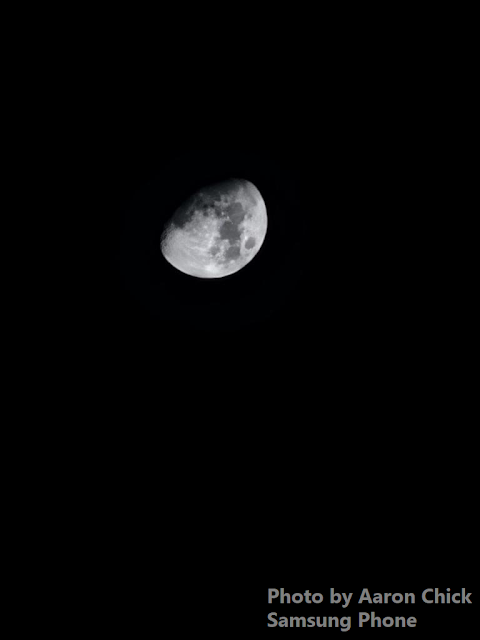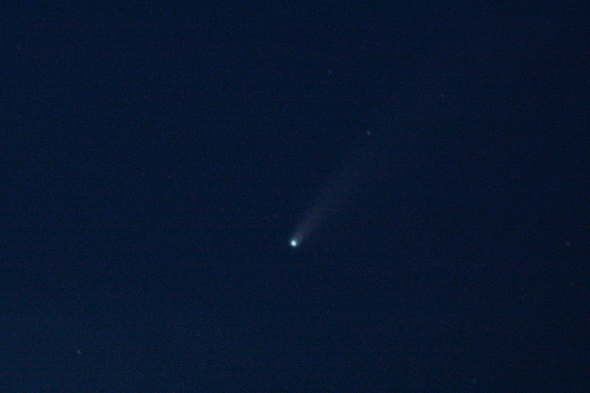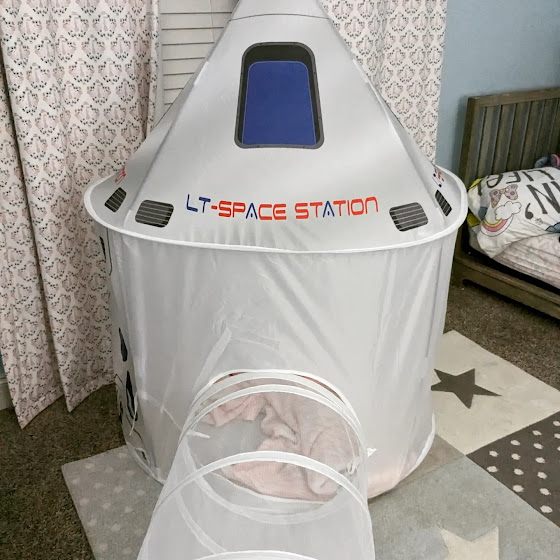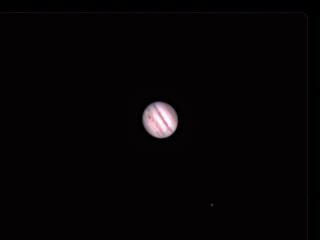Taking Photos of the Moon with your Phone

Casual Observation Series: Taking Photos of the Moon with your phone So where to start your astrophotography journey in the night sky? How about just starting using your mobile phone to take some shots of the moon? My fellow astrophotographer and friend Aaron Chick captured the above photo of the moon using a Samsung phone. You can follow him on Instagram here: https://tinyurl.com/4mjn5tcw Trying your hand at new hobbies can be challenging. When introducing our daughter to swimming, we certainly didn't start at the deep end! Our town's public pool is perfectly designed for beginners. It features a pool-wide slope from level ground that slowly gets deeper over half the length of the pool. Ideal for babies, tots, and newbies to enjoy the water with little risk. If you had some disappointing lunar photos in the past - its okay! Let's see if we can improve on those skills. Every mobile phone is different. Camera quality. Camera settings. The age of the pho




